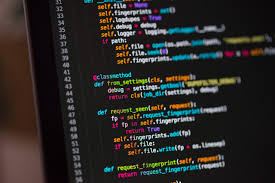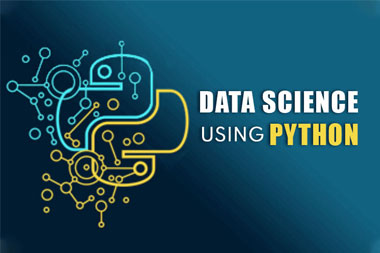Module 1: Introduction to Python
- What is Python?
- Overview of Python and its applications
- Python’s history and community
- Python’s strengths: readability, simplicity, and portability
- Setting Up the Python Development Environment
- Installing Python (Windows, macOS, Linux)
- Introduction to Integrated Development Environments (IDEs): IDLE, PyCharm, Visual Studio Code
- Writing and running the first Python program (“Hello, World!”)
- Basic Python Syntax
- Structure of a Python program
- Comments and documentation in Python (
#, docstrings) - Indentation and its importance in Python
Module 2: Variables, Data Types, and Operators
- Variables and Constants
- Defining and using variables
- Naming conventions for variables
- Assigning values to variables
- Data Types
- Primitive data types: integers, floats, strings, booleans
- Understanding dynamic typing in Python
- Type conversion (casting between types)
- Operators
- Arithmetic operators:
+,-,*,/,%,//,** - Comparison operators:
==,!=,>,<,>=,<= - Logical operators:
and,or,not - Assignment operators:
=,+=,-=,*=,/=
- Arithmetic operators:
Module 3: Control Flow and Decision Making
- Conditional Statements
- Using
if,elif, andelsefor decision-making - Nested conditions
- Boolean expressions and conditions
- Using
- Loops
whileloop: syntax and exampleforloop: usingrange()function- Loop control statements:
break,continue,pass
- List Comprehension
- Introduction to list comprehensions for concise looping
- Examples of basic list comprehensions
Module 4: Functions and Modules
- Defining Functions
- Function syntax and parameters
- Return values and the
returnstatement - Function arguments (positional, keyword arguments)
- Scope and Lifetime of Variables
- Global vs. local variables
globalandnonlocalkeywords
- Built-in Functions
- Commonly used Python functions (
print(),input(),len(),type())
- Commonly used Python functions (
- Modules and Libraries
- Importing and using built-in modules (
math,random,datetime) - Creating custom Python modules
- Introduction to
importstatement andfrom ... importsyntax
- Importing and using built-in modules (
Module 5: Data Structures in Python
- Lists
- Creating, accessing, and modifying lists
- List methods (
append(),remove(),sort(),pop()) - Iterating over lists
- Tuples
- Understanding immutable tuples
- Creating and accessing tuples
- Tuple unpacking
- Dictionaries
- Key-value pairs in dictionaries
- Creating, accessing, and modifying dictionaries
- Dictionary methods (
keys(),values(),items())
- Sets
- Understanding sets and set operations
- Creating sets, adding/removing elements
- Set operations (union, intersection, difference)
Module 6: File Handling
- Working with Files
- Opening, reading, and writing files in Python
- File modes:
'r','w','a','r+' - Using
withstatement for automatic file closure
- Reading and Writing Text Files
- Using
read(),readlines()for reading files - Using
write()andwritelines()for writing to files
- Using
- Working with CSV Files
- Introduction to CSV files and
csvmodule - Reading and writing CSV files using Python
- Introduction to CSV files and
Module 7: Error Handling and Exceptions
- Introduction to Exceptions
- What are exceptions and why they occur
- Common Python exceptions (e.g.,
ValueError,IndexError,TypeError)
- Handling Exceptions
- Using
try,exceptto handle errors - Catching specific exceptions
- Using
elseandfinallyclauses
- Using
- Raising Exceptions
- Using the
raisestatement to raise exceptions
- Using the
Module 8: Object-Oriented Programming (OOP) in Python
- Introduction to OOP
- What is Object-Oriented Programming?
- Classes and objects in Python
- Defining Classes and Objects
- Creating classes and initializing objects using
__init__() - Instance variables and methods
- Accessing attributes and calling methods
- Creating classes and initializing objects using
- Inheritance and Polymorphism
- Inheriting from other classes
- Method overriding
- The
super()function
- Encapsulation and Abstraction
- Public, protected, and private members
- Using getters and setters
- Abstract classes and methods (introduction)
Module 9: Working with Libraries and Third-Party Packages
- Installing and Using Third-Party Libraries
- Introduction to
pip(Python package installer) - Installing packages from PyPI (e.g.,
requests,numpy,pandas)
- Introduction to
- Popular Python Libraries
- Working with
NumPyfor numerical operations - Using
Pandasfor data analysis - Introduction to
Matplotlibfor data visualization
- Working with



